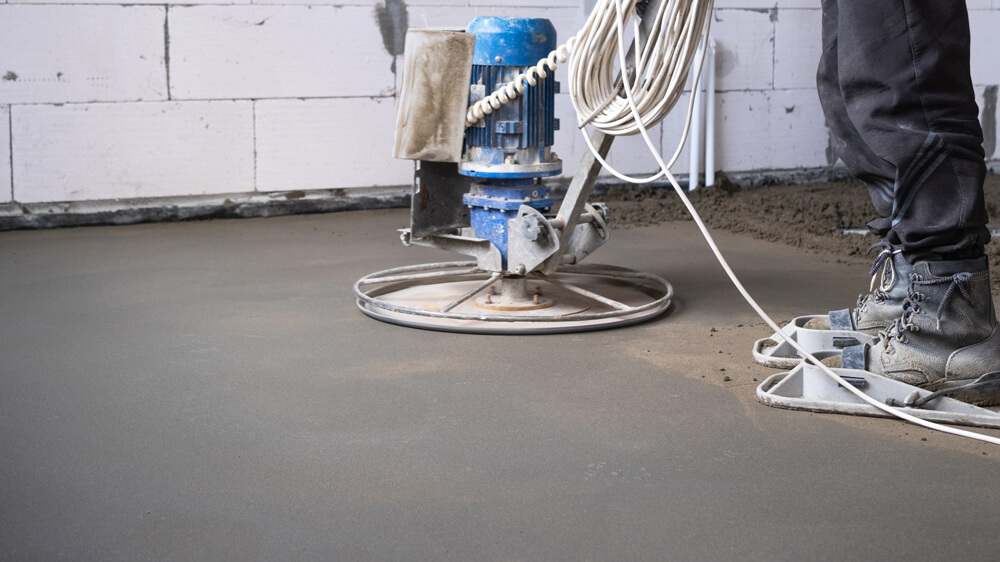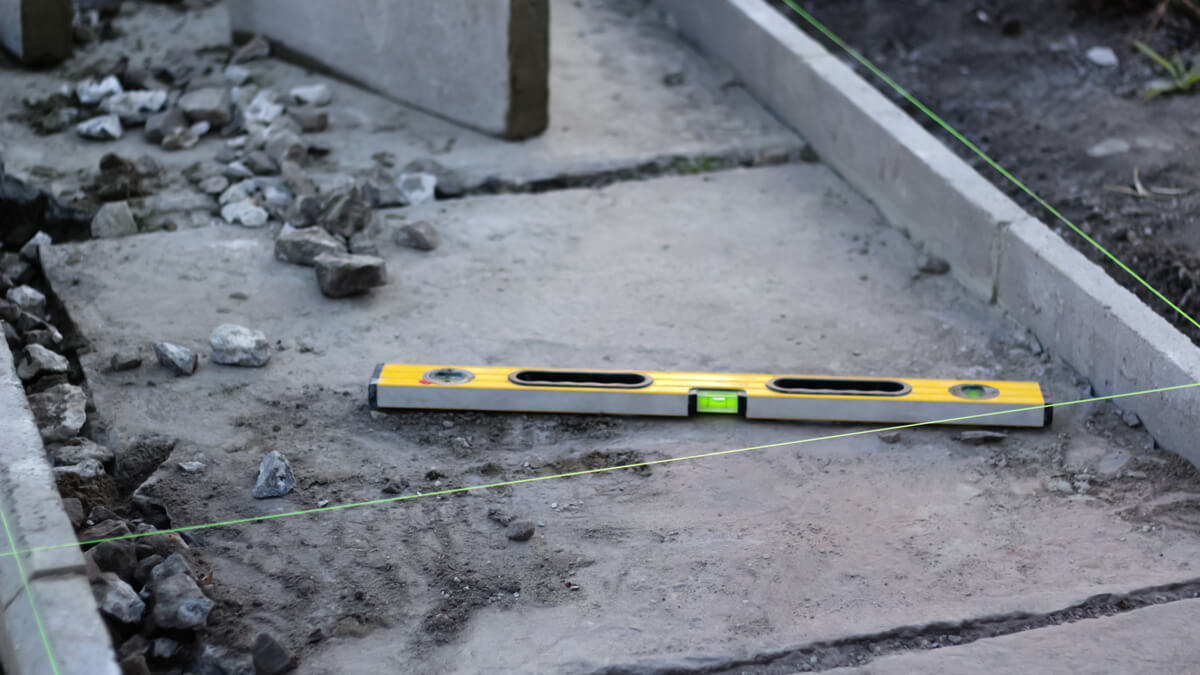As a homeowner, maintaining the structural integrity of your property is essential. One often overlooked aspect of home maintenance is ensuring that your floors are level. Uneven floors not only affect the aesthetics of your home but can also indicate underlying issues that need to be addressed. In this guide, we’ll explore the signs that indicate your floor needs levelling and the steps to take to rectify the issue.
Sloping floors and unstable furniture
Do you notice that your floors slope or sag in certain areas? This visual cue is a strong indicator that your floor may be uneven. If your furniture wobbles or appears unstable, it could be due to an uneven floor. This is especially noticeable with freestanding furniture pieces.
Gaps and spaces in floors
Another sign to look out for is the presence of gaps and spaces between the floor and the baseboards. These gaps can indicate that the floor is no longer level.
Functional issues in doors and windows
Uneven floors can cause doors and windows to become misaligned, making it difficult to open and close them smoothly. When floorings are poorly installed, or not levelled, it can cause things from cabinets to the possibility of structural safety issues. In regards to knowing signs, flooring materials such as types of tiles, hardwood, or even laminate flooring may start to buckle or warp when placed on an uneven surface. Which simplified, indicates the need for levelling.
Different ways to checking floor levelling
It’s no secret we all live different lives. Some in the East, some rich, and some in a different culture. With this comes different chances and opportunities that come along. The same nurture you may have could be impossible to find somewhere else. The lists below for checking levelling, are some of the many ways you could do a quick check. From starting from easiest and practical to the more hard and precise.

semi dried levelled floor
1. Marble floor levelling test
A spare marble is all you need for this simple DIY. This involves placing a marble test on various spots on the floor. If the marble rolls in a specific direction and consists of doing so, it indicates that the floor is not level there. This can be a helpful first indicator and a nice quick and easy way to know.
2. Using a leveling tool
A more accurate method involves using a floor levelling tool to measure the differences in elevation across the floor surface. This method does include difficulty, from problems from it’s ensuring the tool is calibrated properly, the accuracy of the tool, and your precise measurements. But, other than that, levelling tools are amazing and found all over the world. Don’t forget to double-check a manual, to ensure you’re on the right path.
3. Professional floor levelling assessment
For a comprehensive assessment, consider hiring a structural engineer who can accurately diagnose the extent of the levelling issue and recommend appropriate solutions. Flooring professionals are people who have done their jobs in flooring and issue finding before and are good at them. It’s the overall final difference from a first-timer to a thousandth-timer. While this option is not for everyone, it might be for some.
Self-leveling compounds
Self-levelling compounds can be used to rectify minor levelling issues. The application process involves pouring the compound over the uneven surface, allowing it to settle and create a level base. For best results, professional installation of self-levelling compounds is recommended by many experts to ensure a smooth and even finish. However, all in all, you decide to make. MA Flooring in Melbourne is always here to help you in flooring affaires and flooring issues detection.
💡You can also read our full guide about floor levelling steps to earn more information about it.
Conclusion
This blog aimed to show the main signs of an uneven floor, how to address the issue, and more to help ensure the longevity and safety of the property of homeowners. As a side note, Regular maintenance and prompt action in response to levelling issues will help preserve the structural integrity of your home for years to come. As remember, you’re not only doing this to get it over with but it additionally comes with better visual appearances.

